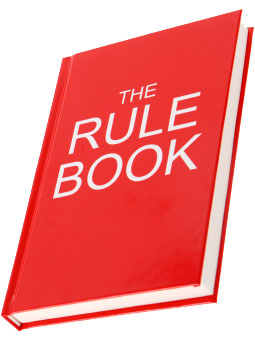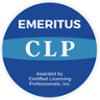
After issuing a brief “notice” in 2011, shortly after the Fed. Cir. revised the duty of disclosure in the Therasense (76 FR at 43631), the PTO has now published a notice of proposed rulemaking to gather comments on its specific proposed amendments to 37 CFR 1.56(a) and (b). 81 Fed. Reg. 74987 (October 26, 2016).
Briefly, if that is possible, the amendments adopt the strict “but-for” standard of materiality of references set forth in Therasense and “explicitly incorporate affirmative egregious misconduct” as “[satisfying] the materiality prong of inequitable conduct.” (Egregious misconduct includes intentional acts to deceive the Office, such as the submission of false declarations.) The PTO made certain changes in its first proposed revisions:
“Therefore, in the currently proposed rule, 37 CFR 1.56(b) and 37 CFR 1.555(b) would define the but-for materiality standard as set forth in Therasense, while 37 CFR 1.56(a) and 37 CFR 1.555(a) would incorporate affirmative egregious misconduct.”
Section 1.56(b) is reduced to a restatement of the Therasense standard for materiality:
“Information is but-for material to patentability if the Office would not allow a claim if the Office were aware of the information, applying the preponderance of the evidence standard and giving the claim its broadest reasonable construction consistent with the specification.”
But aware of the information when? The old Rule 56(b) made it clear that the record need not be complete before non-disclosed information would be weighed, e.g., even if the Applicant could go on to change the Examiner’s mind with additional evidence of patentability. I read Therasense as weighing the materiality of the non-disclosed information against the totality of the evidence presented by the Applicant in support of patentability, e.g., that led the Examiner to allow the claim[s] in question.
Inequitable conduct is an equitable defense to infringement that is decided by the judge, not by the jury. It seems appropriate for the judge to have all the evidence generated at trial available before reaching his/her decision. As stated in the comment section: “The duty of disclosure is a prospective analysis, while inequitable conduct is a retrospective analysis. In other words, an applicant determines materiality in the present, not retroactively as a court would determine inequitable conduct.”
But this leaves the Applicant to guess how the undisclosed information would be viewed by the Examiner before further evidence of patentability may become available, that the Applicant may not be aware of when making the hold/withhold decision. It seems that the Office wants to effectively retain the last sentence of 1.56(b), but I don’t think that the Therasense decision intended that reading. This ambiguity would encourage the “send it all in” mentality that the Therasense court sought to curb.
Can inequitable conduct be purged during prosecution? What if an Applicant decides to withhold a paper on positive in vitro activity of an anticancer drug, in order to get a method of treatment claim covering treating human patients? If the Examiner allows the claim, the Applicant may well be found to have committed inequitable conduct. But what if, six months later but still during prosecution, Applicant finds a more thorough in vivo animal study that concludes that, despite the early encouraging in vitro results, the drug is ineffective. Applicant, pleased to have a “teaching away”, sends the second paper to the Examiner, who allows the Applicant’s claims. Should the patent be found unenforceable due to the six months the Applicant thought he/she had deceived the office?






